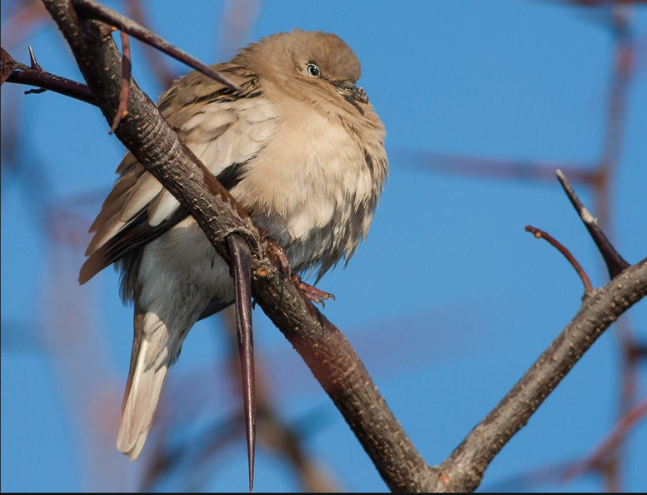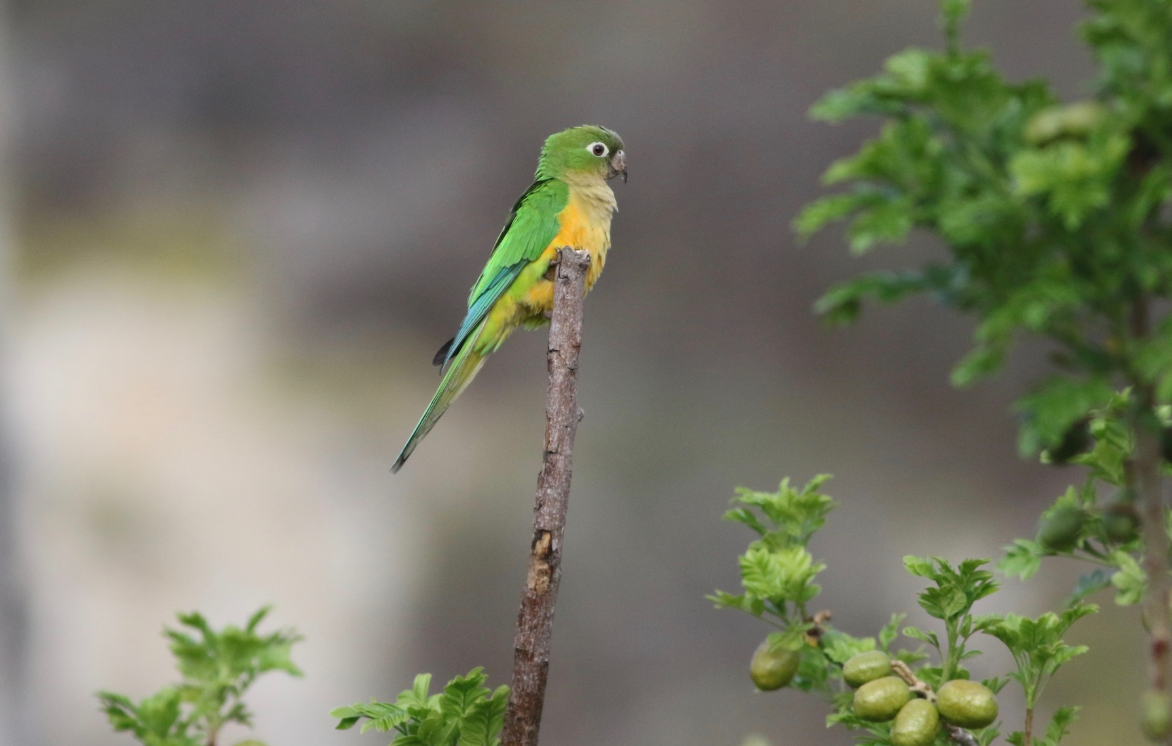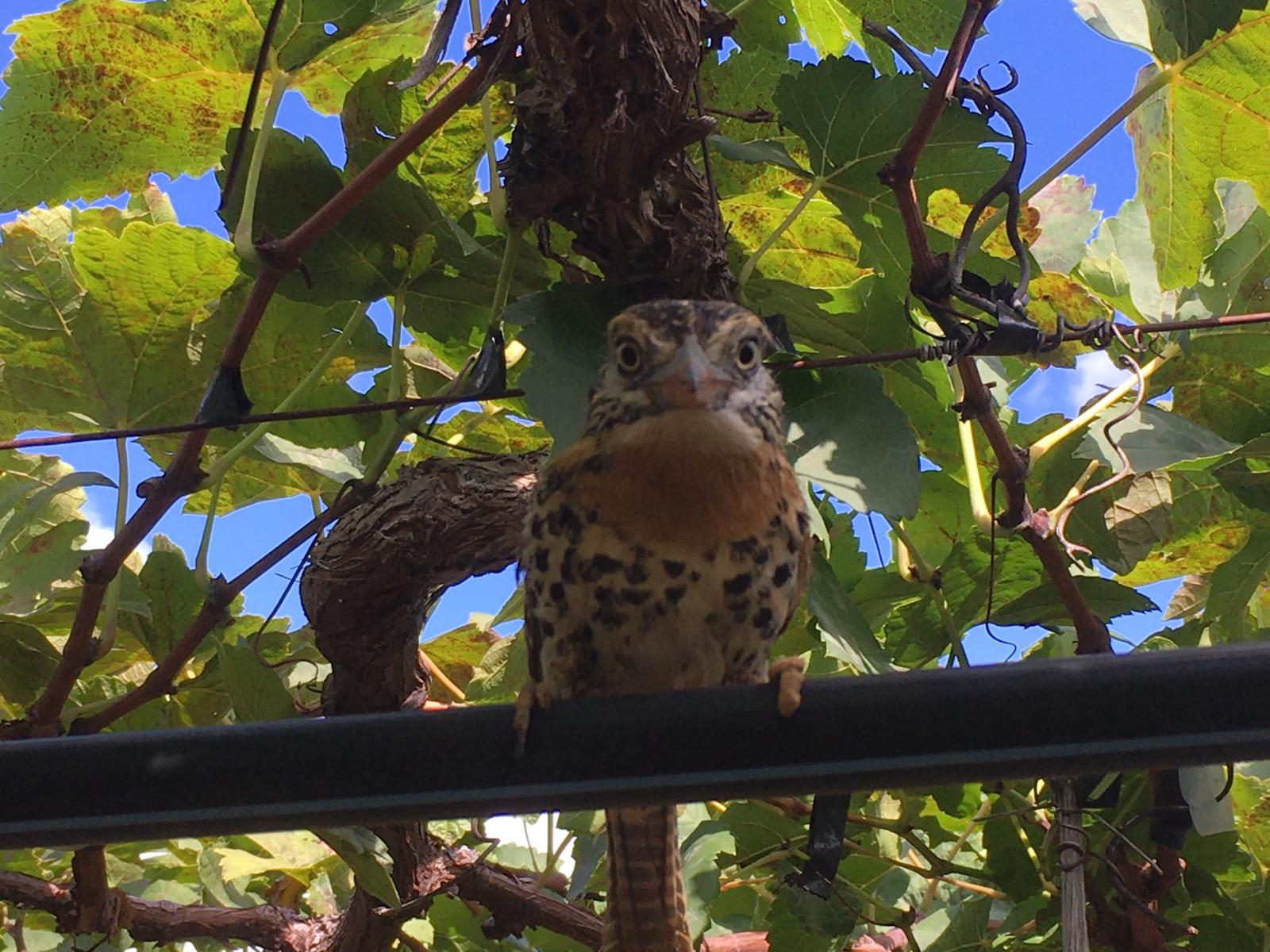83 bird species in 2 weeks of fieldwork
To say that Caatinga is an amazing biome is an understatement. Even a short walk away from the farms into Caatinga immerses you in what can only be described as a wonderland for your ears, and eyes if you get lucky. This is before you consider the diverse fauna that surrounds you, the reptiles that you hear scattering around in dry littler as you approach, the butterflies that frequently fly into you, insects that visit your notebook, elusive mammals that you catch off guard (capuchin, armadillo and pica boxes have been ticked to date) and the secret life that happens behind the curtain of the night but leaves little traces of its presence behind, such as paw prints of pumas and raccoons.
Having only completed, two weeks of fieldwork, I have recorded 83 bird species, mostly in Caatinga. There are some species that can be seen or heard on most surveys, such as the Picui Ground dove, Great kiskadee or Red-cowled cardinal, Mouse-coloured tyrannulet or Guira cuckoo just to name a few.
On the other hand, there are some species that can be seen regularly, though not as commonly as the species named above, which I particularly love seeing. These include: Glittering-bellied emerald, Campo troupial, Caatinga cachalote, Caatinga parakeet, Swallow-tailed hummingbird or the Sayaca tanager. Maybe I like these species so much because of their bright and vibrant colours…
Finally, there are the species that are rarely seen but I’ve been fortunate enough to see, such as the Boat-billed flycatcher and Spot-backed puffbird.
This is just a fraction of what I have seen so far and it’s quite possible my species list may carry on growing as I carry on performing bird surveys across the SUFICA Project fruit farms. SUFICA farms are all located around the Sao Francisco Valley but they vary in how much Caatinga they have within the farms and they fall along a gradient of proportion Caatinga surrounding them. The Caatinga within and around farms also varies in its quality, some parts being very species rich whilst other parts having suffered degradation due to over-grazing and anthropogenic land-use change, are now characterised by lower species diversity.
Caatinga is a very biodiverse biome with estimated more than 2000 species of plants and animals, with high rates of endemism, ranging between 5-57% (including 22 endemic bird species). Unfortunately, over the past few decades, Caatinga around the Sao Francisco Valley has become one of the areas most affected by habitat degradation due to expansion in agriculture (Schutz et al. 2017). Currently, over 15% of the region is threatened with habitat change, which may have severe consequences for the biodiversity. The number of protected areas around the Caatinga is low and occupies less than 1% of the biome, further increasing the vulnerability of biodiversity to land-use change (Leal et al. 2005)
One strategy to limiting the loss of biodiversity as fruit agriculture across the Brazil intensifies and grows is through sustainable agriculture. To help this, SUFICA project aims to test tools for sustainable and ecological intensification. A key aspect of this is to understand how biodiversity is impacted by fruit farming and how it is likely to respond to further intensification and/or expansion. To answer this question for the bird diversity, my and Andrés Munoz’s bird survey data will be used to relate bird community structure and species richness to landscape composition. This in turn will be used to inform development of tools, enabling sustainable agriculture in future, which will hopefully help to protect the astonishing diversity.
For more frequent updates, please follow:
Natalia on Twitter @Nat_B_Zielonka
SUFICA project on Twitter @SUFICA_Caatinga
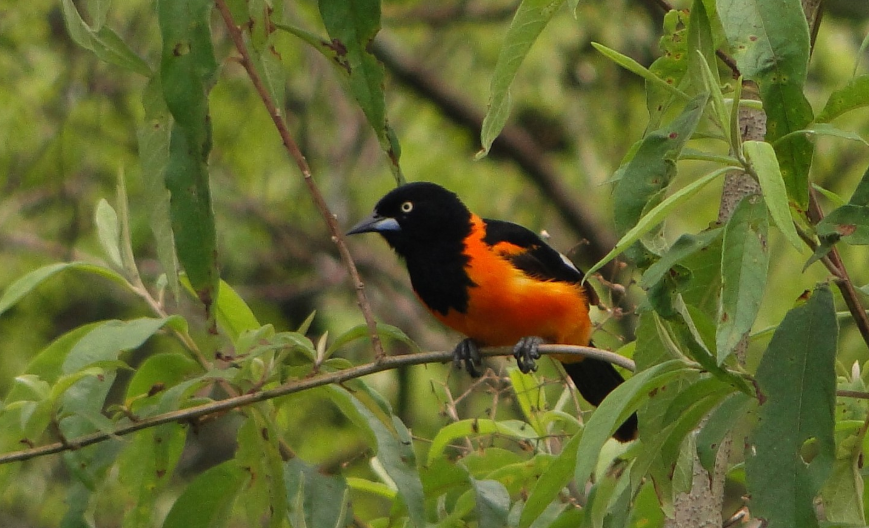
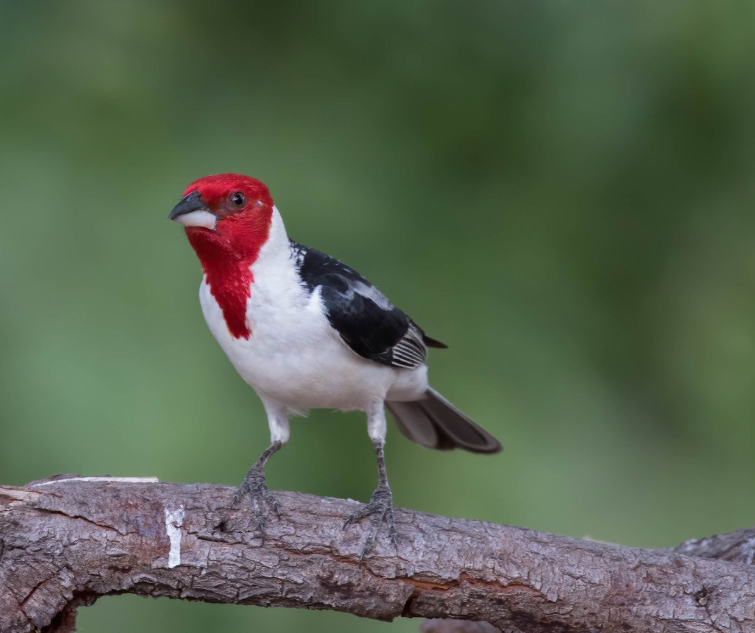
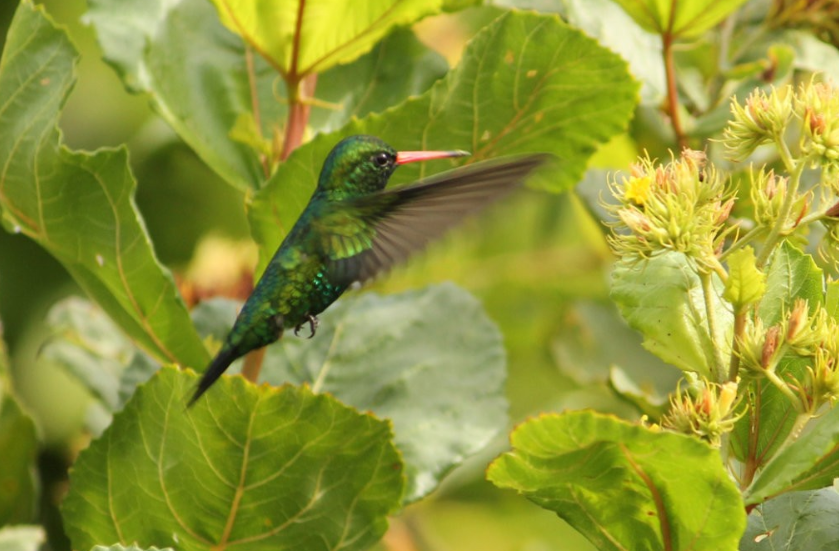
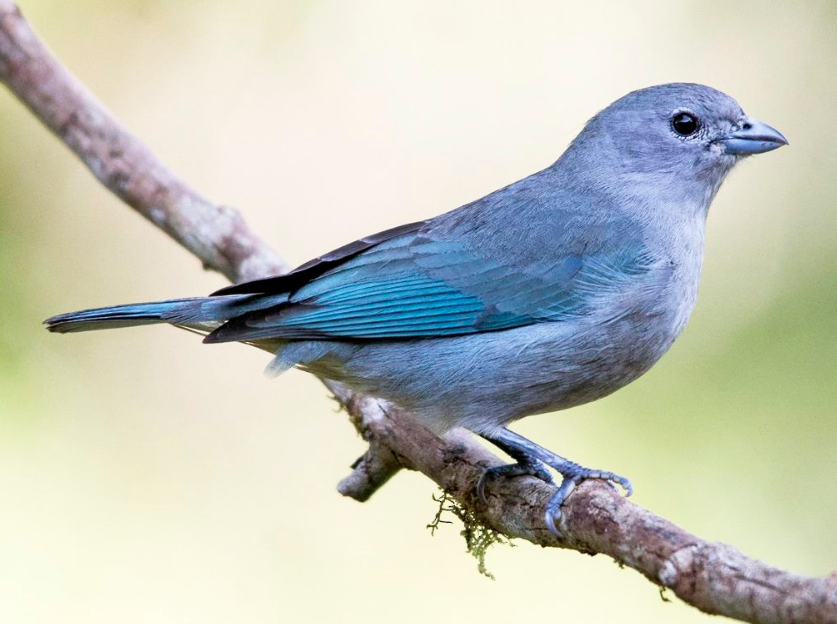

References:
Schutz, C., Koch, R., Cierjacks, A., Kleinschmit, B. 2017. Land change and loss of landscape diversity at the Caatinga phytogeographical domain – analysis of pattern-process relationship with MODIS land cover products (2001-2012). J. Arid Env. 1: 275:282.
Leal, I.R., Da Silva, J.M.C., Tabarelli, M. and Lacher, T.E., JR. 2005. Changing the Course of Biodiversity Conservation in the Caatinga of Northeastern Brazil. Conservation Biology, 19: 701-706.
Natalia Zielonka
21.02.20


